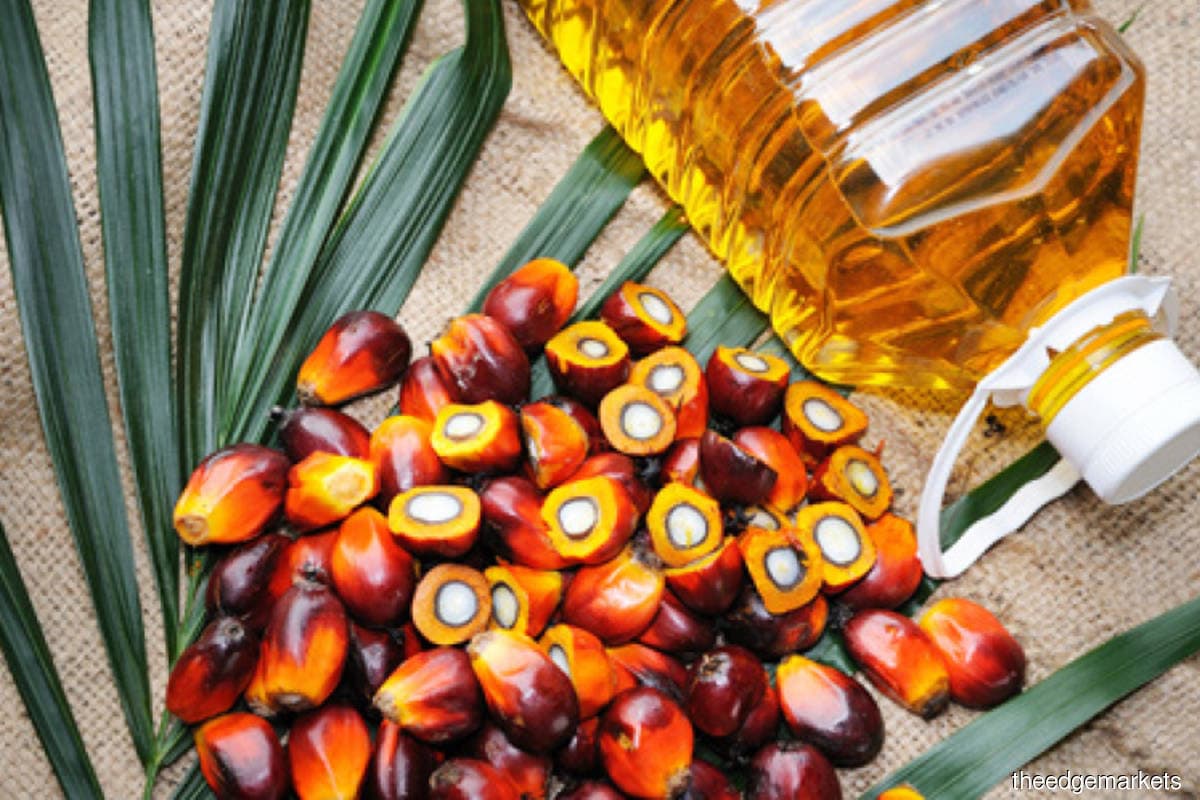
KUALA LUMPUR (March 2): Fitch Solutions Country Risk and Industry Research has held unchanged its near-term palm oil price forecasts of annual averages of RM3,800/tonne through 2023, with upside risks, and RM3,400/tonne through 2024.
In a report on Wednesday (March 1), the firm said that in the immediate term, bullish sentiment is based upon Mainland Chinese demand following its reopening, and reports that Indonesia is set to suspend some palm oil export licences on a temporary basis, along with the depreciation of the Malaysian ringgit.
“However, we see demand uncertainties due to elevated edible oil stocks in India (and Bangladesh), as well as macroeconomic conditions in Pakistan.
“We now forecast that the global palm oil market will produce a narrow deficit in 2022/23, the first annual net negative position since 2015/16 due to an increase in the Indonesian biofuel blending mandate,” it said.
Fitch Solutions said it sees prices falling to RM2,200/tonne in 2027 alongside a gradual loosening of the global production balance, on the back of a continued decline in EU palm oil demand, while noting downward pressures on production growth in Indonesia and Malaysia.
The firm said that on the supply side, one factor driving the price reversal has been concern pertaining to the strength of production in Malaysia, the world’s second largest palm oil producer, wherein month-ending inventories fell to a five-month low at the January close.
Up to Feb 20, Malaysia’s palm oil production was estimated to have fallen 6.7% month-on-month, while exports were up 30.0% over the same period in January, it said, having risen from 556,561 tonnes to 723,482 tonnes, indicating a further drawdown of inventories and a tighter global market ahead.
“Reliant on overseas migrant labour, Malaysia’s palm oil sector has faced a shortage of plantation workers since the onset of the Covid-19 pandemic, which the Malaysian government aims to have resolved by June 2023.
“In addition, Malaysian palm oil production was disrupted by inclement weather and flooding in January,” it said.
Fitch Solutions said it now forecasts that the global palm oil market will produce a narrow deficit of 100,000 tonnes in 2022/23, the first annual net negative position since 2015/16, on the back of an upward revision (made in 1Q2023) to its forecast for Indonesia’s domestic palm oil consumption of 2.7 million tonnes, caused by the February 2023 increase in the Indonesian biofuel blending mandate, from 30% to 35%, which will divert export supplies from the global market.
Nevertheless, it said a factor that will cap further palm oil price increases is the accumulation of edible oil inventories in India, the second-largest consumer and largest importer of edible oils globally.
